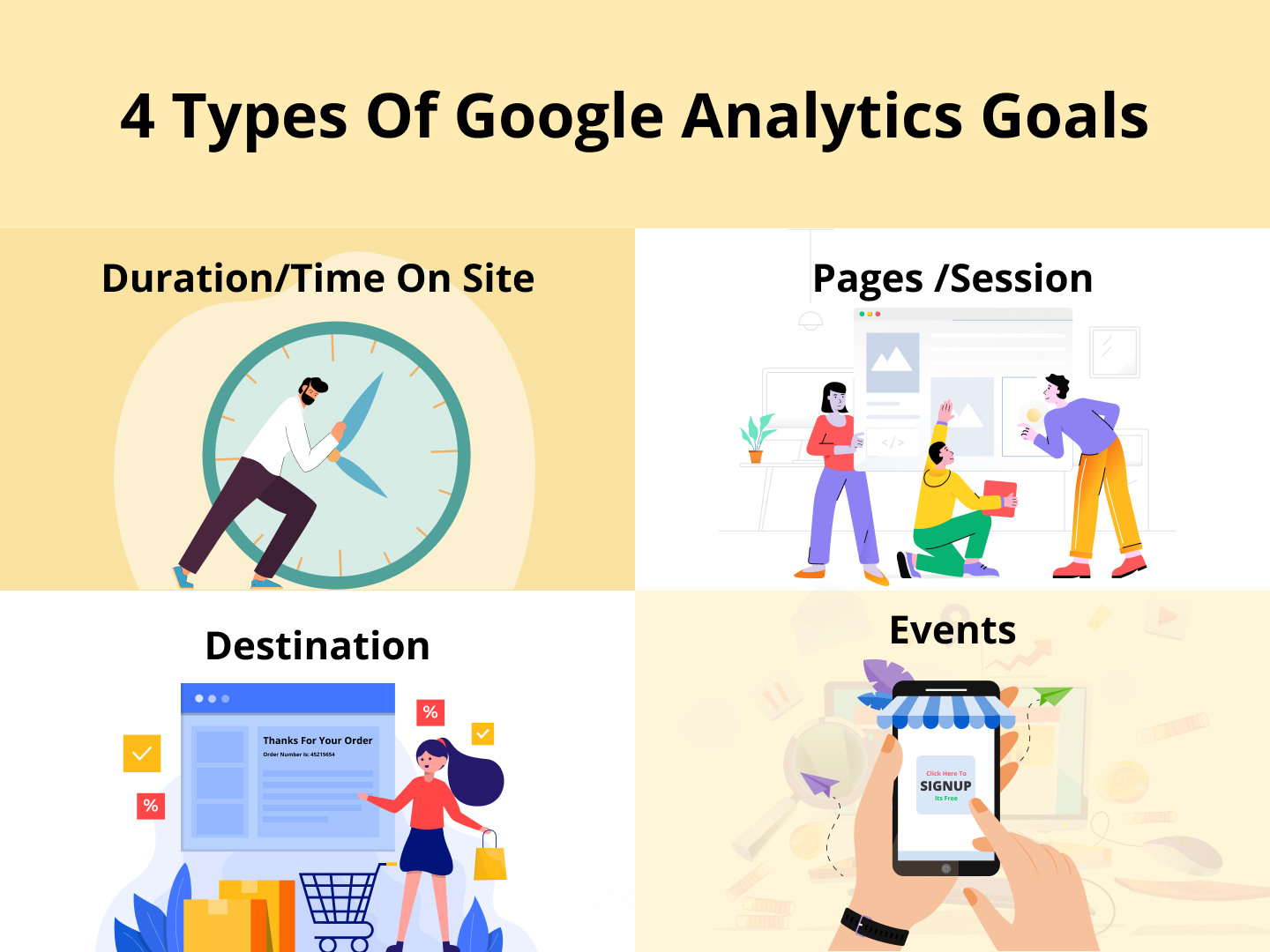What Data Is Google Analytics Goals Unable to Track and Why
What Data Is Google Analytics Goals Unable to Track and Why
Blog Article
Demystifying Google Analytics Limitations: Uncover What Data Goals Can not Track
In the realm of electronic analytics, Google Analytics stands as a powerful tool that provides important insights into website performance and customer habits. From the intricacies of user interaction with vibrant content to the intricacies of cross-device user journeys, these restrictions shed light on locations that may continue to be obscured from typical analytics point of views.

User Communication With Dynamic Web Content
Customer communication with vibrant content plays an important role in understanding user behavior on internet sites and optimizing the overall customer experience. Dynamic material describes elements on a web page that can alter without the need for a complete web page reload. This includes interactive aspects such as pop-ups, sliders, forms, and videos that react to individual actions in real-time. By tracking individual communications with dynamic content, web site proprietors can obtain important insights into customer interaction, choices, and habits.
Google Analytics provides various devices to track user communications with dynamic web content, such as event monitoring and virtual pageviews. Occasion monitoring enables you to check specific customer actions, like clicking a switch or viewing a video, giving data on just how individuals interact with vibrant components. Digital pageviews can be utilized to track communications that do not result in a new page lots, providing a detailed sight of individual interaction with vibrant content. By examining this data, internet site proprietors can make enlightened choices to enhance user experience and drive conversions.
Cross-Device Customer Journeys
How can modern analytics devices track the facility paths users take across numerous tools in their on the internet journeys? Cross-device user journeys provide a substantial difficulty for tracking and evaluating customer behavior precisely. As individuals engage with internet sites or applications utilizing different gadgets such as tablets, smartphones, and desktops, it comes to be important to recognize exactly how they move between these systems to maximize individual experience effectively.
Google Analytics deals with constraints in tracking cross-device individual journeys because of privacy issues and technological restraints - what data is google analytics goals unable to track. While it can provide insights into private tools' communications, tracking a seamless customer trip throughout numerous devices stays a difficulty. This limitation can result in incomplete data and fragmented individual understandings, making it challenging for companies to produce a unified sight of the client trip
To address this problem, companies can use sophisticated analytics devices that use cross-device tracking abilities, enabling them to gain a much more all natural understanding of individual habits. By leveraging these tools, companies can connect the gap in tracking cross-device individual journeys and maximize their electronic approaches for a smooth individual experience.
Offline Conversions and Attribution
As organizations navigate the challenges of tracking cross-device customer trips, another critical element to consider is the world of offline conversions and acknowledgment in the world of data analytics. While Google Analytics provides useful insights into on the internet customer actions, it falls short when it comes to tracking conversions that occur offline. This constraint positions a considerable difficulty for services that have both online and offline sales networks.
Offline conversions, such as acquisitions made in physical stores or with call centers, are necessary to understanding the full customer trip. Without the capability to attribute these offline conversions to certain online communications, businesses may battle to accurately measure the effect of their electronic advertising and marketing efforts.
To address this void, services can discover alternative remedies such as incorporating CRM systems with online analytics devices or utilizing special promotion codes that can be mapped back to on the internet projects. By connecting the void in between online and offline data, companies can gain an extra extensive understanding of their clients' actions and boost their overall advertising methods.
Individual Individual Recognition
In the realm of data analytics, the ability to precisely determine private customers throughout numerous on-line touchpoints is a vital obstacle for organizations looking for to individualize and optimize their marketing strategies. While Google Analytics provides useful insights into customer behavior and interactions, it falls short in allowing the identification of particular individuals due to privacy worries and technical why not try here limitations. Google Analytics makes use of one-of-a-kind identifiers such as cookies to track customer sessions and habits, however these do not correspond to identifying specific customers in an individual sense.

Data From Secure Pages
Despite the raising prevalence of secure pages on web sites, acquiring data from these encrypted resources presents a distinct difficulty for digital analytics platforms like Google Analytics. Secure web pages, indicated by HTTPS in the URL, secure data exchanged between the user's web browser and the website's server to make certain privacy and safety and security. While this security is crucial for securing delicate info, it additionally positions restrictions for tracking user habits and celebration analytics information.
Google Analytics faces obstacles in gathering detailed information from secure pages because of the security procedures in location. Because of this, particular information points such as reference sources, keyword searches, and even some customer interactions might not be fully captured when users access an internet site through a secure connection. This constraint can impact the accuracy and efficiency of the information analysis, bring about voids in recognizing customer habits that site and choices on secure web pages.
To browse this obstacle, electronic analysts might require to check out alternate monitoring techniques or leverage other tools specifically designed to gather understandings from secure pages. By adjusting approaches to suit these limitations, companies can still obtain important analytics in spite of the constraints offered by encrypted links.
Final Thought
In final thought, Google Analytics has constraints in tracking customer communication with dynamic material, cross-device user trips, offline conversions, specific user recognition, and data from safe and secure web pages. These limitations impede a detailed understanding of customer behavior and might cause voids in data analysis. Regardless of its valuable understandings, Google Analytics might not supply a total photo of individual engagement throughout different touchpoints. It is important for businesses to be mindful of these restrictions and consider additional devices for a much more alternative sight of their information.
User communication with vibrant web content plays an important role in understanding user habits on internet sites and maximizing the general individual experience. By tracking user communications with dynamic web content, web site owners can acquire important insights into customer engagement, preferences, and habits.
Google Analytics uses special identifiers such as cookies to track user Extra resources sessions and behavior, however these do not relate to identifying private customers in an individual feeling.
As a result, certain information factors such as recommendation resources, keyword searches, and also some customer communications may not be fully caught when individuals access an internet site with a protected connection.In final thought, Google Analytics has constraints in tracking customer communication with dynamic web content, cross-device customer trips, offline conversions, specific user identification, and data from secure pages.
Report this page